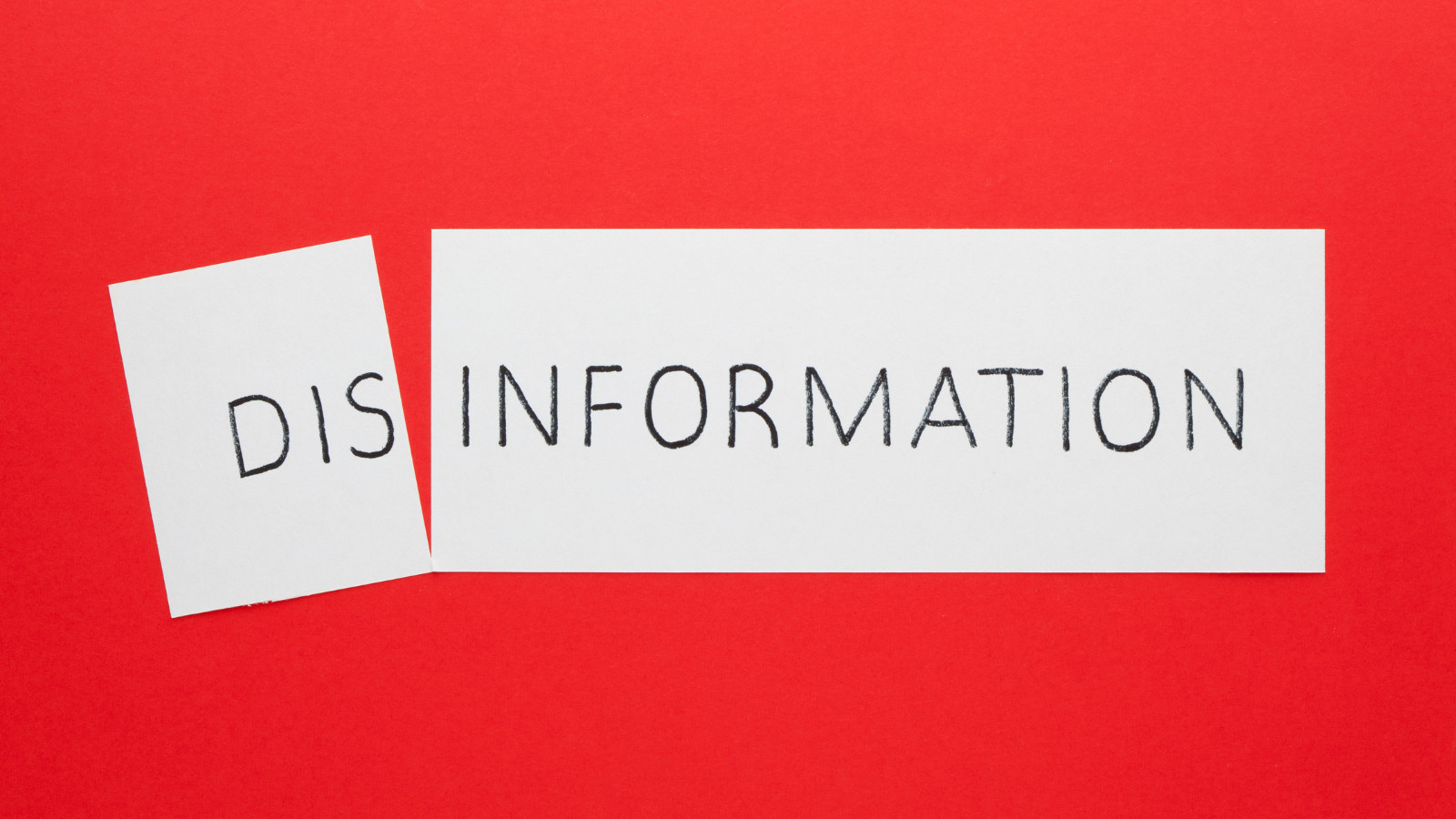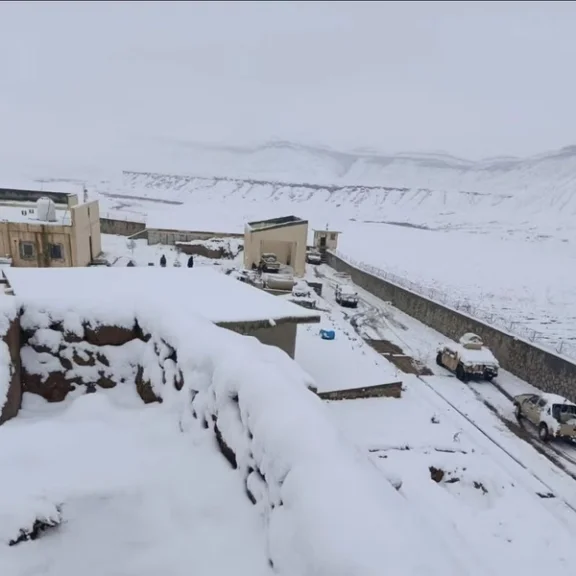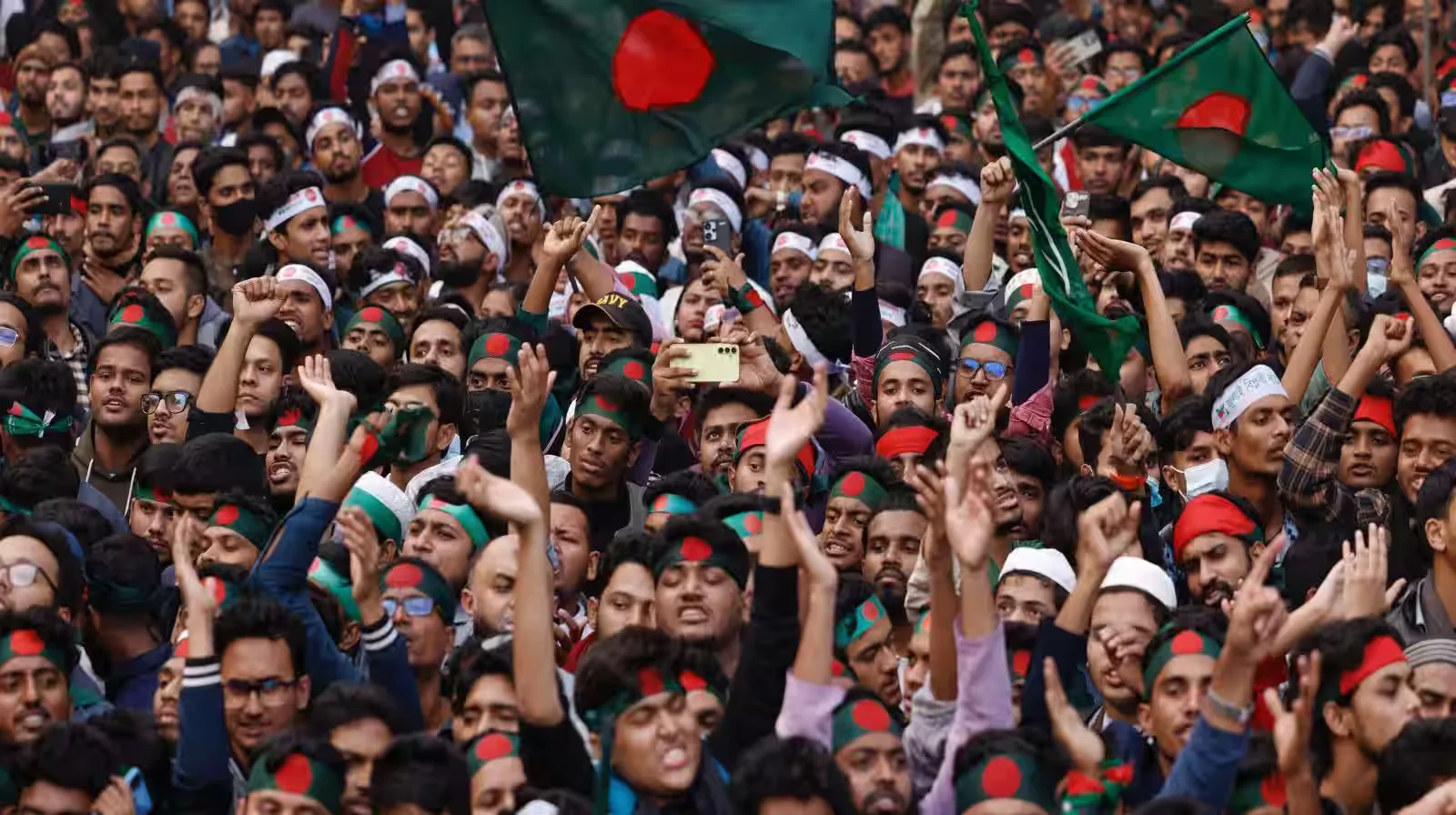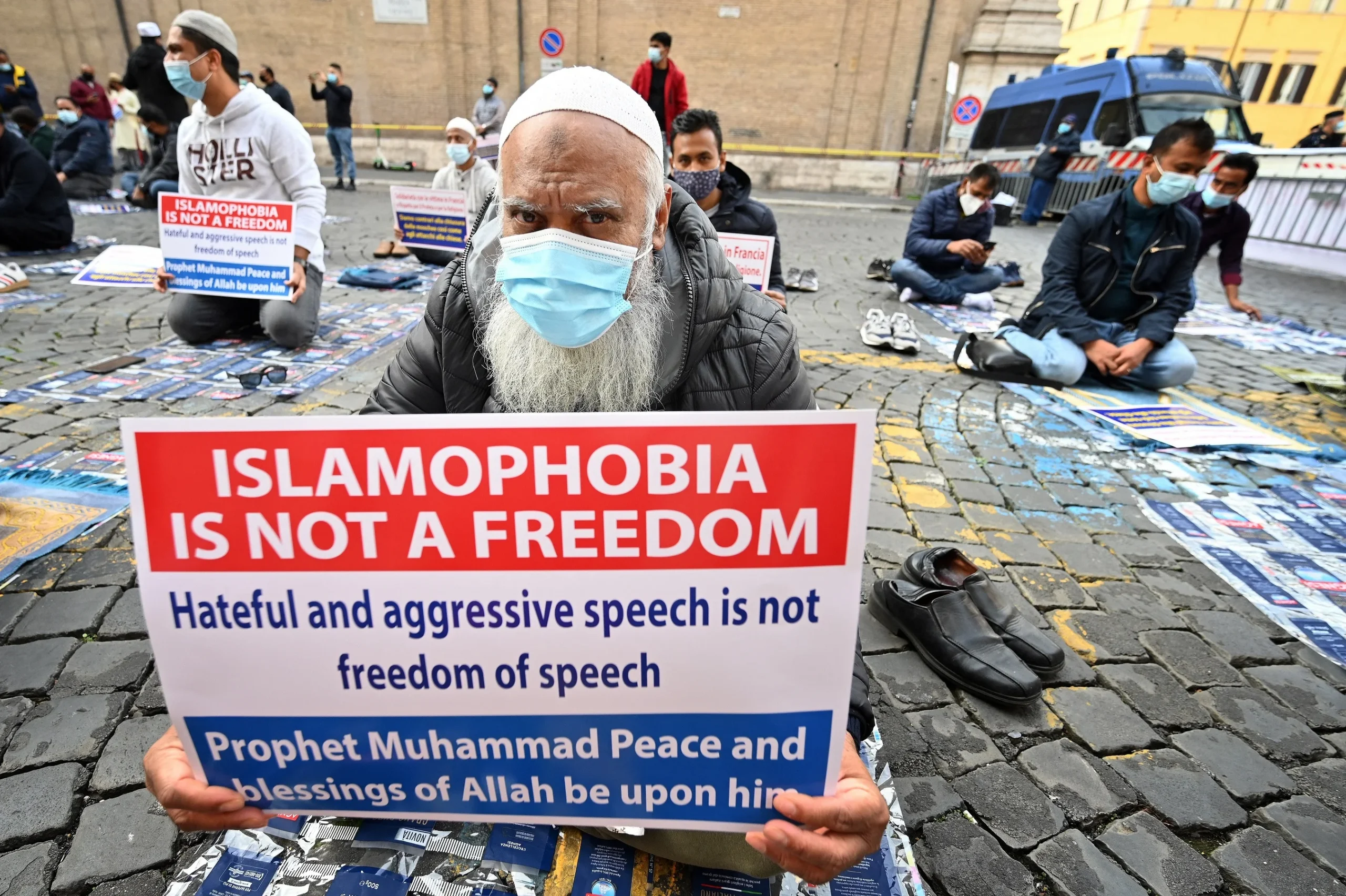The proliferation of disinformation has emerged as a defining challenge of the 21st century, a global phenomenon eroding democratic norms and social trust from Western capitals to developing nations. Nowhere, however, are the stakes higher than in South Asia. While the infodemic is a worldwide threat, the region’s pre-existing and deeply entrenched social, ethnic, religious, and political cleavages make it one of the most vulnerable and volatile fronts in this new war of information.
Here, the same technologies that catalyzed democratic expression have been weaponized to systematically exploit these fissures, turning digital platforms into accelerants for conflict. With its intricate tapestry of identities, burgeoning internet penetration, and uneven digital literacy, South Asia has become a critical battleground. The stability of this geopolitically vital region, home to a quarter of the world’s population, is now inextricably linked to its ability to manage a threat that feeds on its historical divisions.
While disinformation poses an existential threat to the democratic fabric of these nations, a multi-stakeholder approach combining grassroots vigilance, enhanced digital literacy, and responsible platform governance may yet offer a path toward resilience.
Disinformation as a Catalyst for Conflict
The corrosive impact of disinformation is most visceral when it spills from the digital realm into the physical world, often with lethal consequences. Across South Asia, a clear pattern emerges where targeted falsehoods act as a digital accelerant for pre-existing social grievances.
In India, the last few years have witnessed a horrifying wave of mob lynchings, a phenomenon directly attributable to rumors propagated on WhatsApp. The disinformation was deceptively simple: viral circulation of out-of-context videos and fabricated messages warning of non-local gangs abducting children. This narrative activated deep-seated anxieties, leading vigilante mobs to murder dozens of innocent people. Subsequent investigations revealed the campaign’s fraudulent nature, the videos were often old and sourced from different countries. The child-lifter narrative was a complete fabrication, yet it successfully weaponized communal paranoia, demonstrating how encrypted platforms can bypass traditional media gatekeepers to facilitate mass violence in a politically polarized environment.
Pakistan also provides a stark example of how disinformation intersects with sensitive religious frameworks. The 2017 lynching of Mashal Khan, a university student, was precipitated by a deliberate social media campaign manufacturing a narrative that he had posted blasphemous content. These digitally-circulated rumors ignited outrage on campus, culminating in his murder. A subsequent investigation cleared Mashal Khan, revealing the smear campaign was orchestrated by individuals threatened by his campus activism.
In Bangladesh, the 2012 Ramu Voilence targeting the Buddhist community was a calculated act of manufactured sacrilege. A fake Facebook profile was created in the name of a local Buddhist man, from which a photoshopped image depicting a desecrated Quran was posted and shared. Enraged mobs were swiftly mobilized, resulting in the destruction of over a dozen Buddhist monasteries. Investigations later confirmed the synthetic nature of the provocation, created with the sole intent of inciting communal violence. This tactic is particularly potent in a political climate where minority rights are already fragile.
Similarly, Sri Lanka has seen ethno-nationalist ideologies amplified through social media, particularly in the post-civil war vacuum. The 2018 anti-Muslim riots in Kandy were fueled by a sustained campaign of online hate speech, including the baseless rumor that Muslim businesses were mixing sterilization pills into food to suppress the Sinhala birth rate. This demographic anxiety was weaponized through calls to violence, leading to mob attacks and widespread destruction. The state’s response, a temporary social media blockade, highlighted its inability to control the infodemic, while the conspiracy itself was a long-running trope designed to stoke ethno-religious hatred.
The Anatomy of an Infodemic
These examples and more reveal a consistent modus operandi. Malicious actors exploit existing societal fault lines, leveraging cognitive biases like confirmation bias, where users readily accept information that confirms their existing beliefs. However, the phenomenon has evolved beyond spontaneous rumor-mongering into a far more structured threat. Organized political and social groups now run sophisticated disinformation campaigns, utilizing dedicated IT cells, bot farms, and coordinated networks of influencers to manufacture consent, launch smear campaigns against opponents, and hijack public discourse. This represents the professionalization of chaos, where falsehoods are strategically designed and deployed to achieve specific political outcomes, such as shaping an election narrative or drowning out dissent.
Furthermore, a burgeoning economy of fake news has emerged, creating perverse financial incentives for its proliferation. Social media platforms, whose business models are predicated on maximizing engagement, algorithmically reward sensationalist, emotionally charged, and often divisive content because it captures user attention.
This has spawned a cottage industry of hyper-partisan websites and individual content creators who produce “sunsuni khez” (sensational) news. They understand that an exaggerated headline or a fabricated analysis, even if later debunked, can generate significant ad revenue through viral clicks and shares. For example, a minor local altercation can be framed as a major communal clash, complete with a misleading title and thumbnail, purely for monetization. This creates a market where outrage is profitable and truth is a secondary concern.
The primary vectors remain emotionally charged visual content and the proliferation of encrypted apps like WhatsApp, which create insular echo chambers where falsehoods circulate among trusted contacts. This creates a fundamental asymmetry: falsehoods, designed for virality, travel exponentially faster than the painstaking work of verification. The cumulative impact is severe. It corrodes social cohesion, transforms political differences into intractable tribal conflicts, and precipitates a sharp decline in institutional trust, eroding faith not just in the media, but in the judiciary, law enforcement, and the electoral process itself.
Forging Digital Resilience
Confronting the infodemic requires a sophisticated, multi-pronged strategy. The most agile response has come from civil society, with independent fact-checking organizations like Boom Live (India) and FactWatch (Bangladesh) emerging as a critical new pillar of the information ecosystem. Many government bodies have also set up their own fact-checking platforms, such as the Ministry of Information and Broadcasting of Pakistan’s dedicated X handle. However, their work is reactive and perpetually outpaced by the fake news.
Governmental responses have been far more fraught. While states have enacted cybercrime laws, these are frequently broad and have been criticized, and in some cases, used, to stifle political dissent and legitimate journalism, conflating disinformation with critique. Draconian measures like internet shutdowns are a blunt instrument that punishes entire populations and harms economies.
Meanwhile, social media platforms bear significant responsibility. Their business models often algorithmically amplify the most inflammatory content. A historic underinvestment in local language content moderation and a lack of transparency regarding their algorithms have made them unwilling or unable to effectively self-regulate in the Global South.
Ultimately, the most durable defense is the cultivation of a resilient and critical citizenry. Media and digital literacy are no longer niche skills but essential competencies for modern citizenship. This requires a systemic, long-term commitment to integrating critical thinking and digital forensics into national education curricula and supporting community-led initiatives that empower users to identify manipulation techniques.
Disinformation is not a peripheral nuisance but a central and ongoing threat to the integrity and stability of South Asian democracies. It is a potent political weapon that turns citizens against each other and erodes the shared factual basis required for democratic deliberation. To survive this era, these nations cannot just legislate or censor their way out. The challenge is fundamentally educational and societal, requiring a concerted effort to build an informed public capable of navigating the polluted information environment and thus fortifying the very soul of the democratic project.






